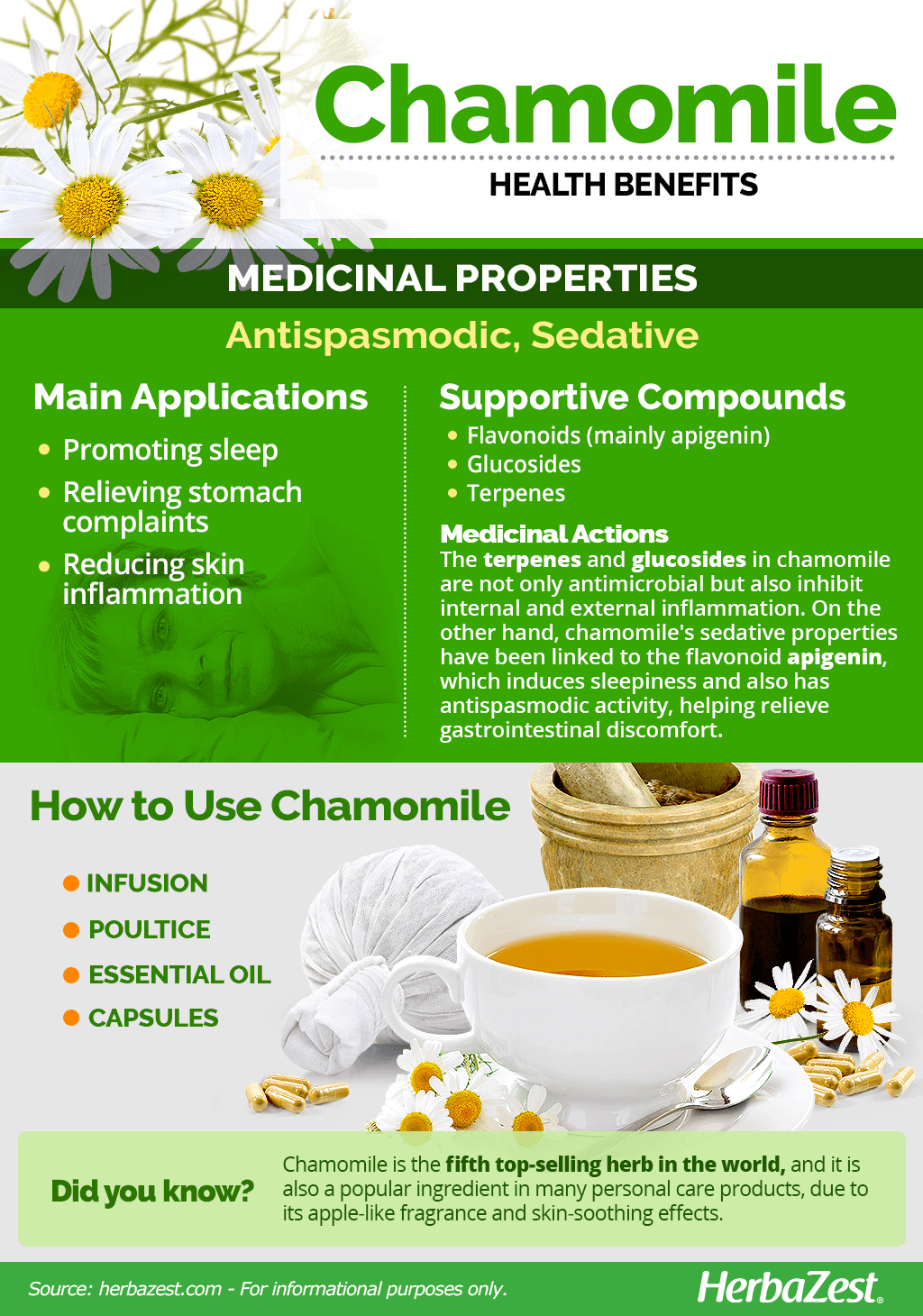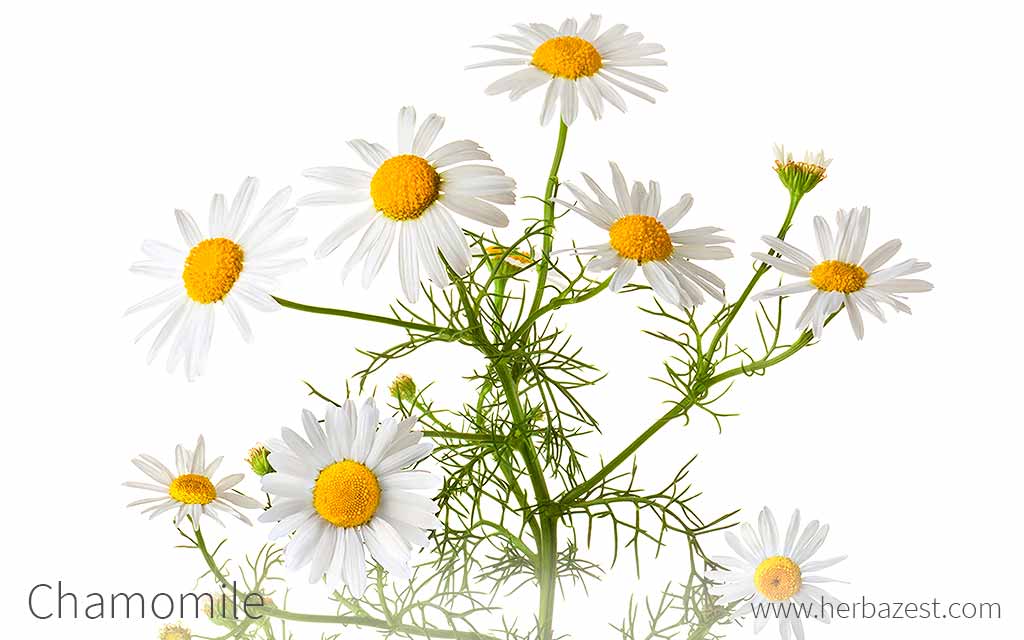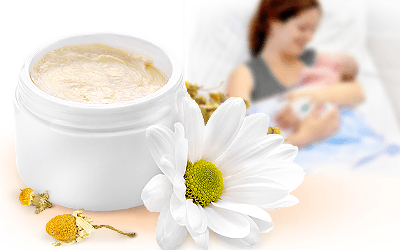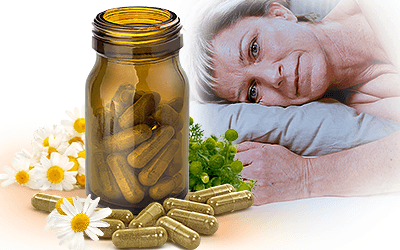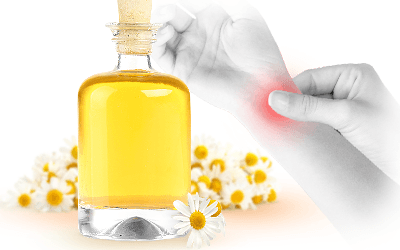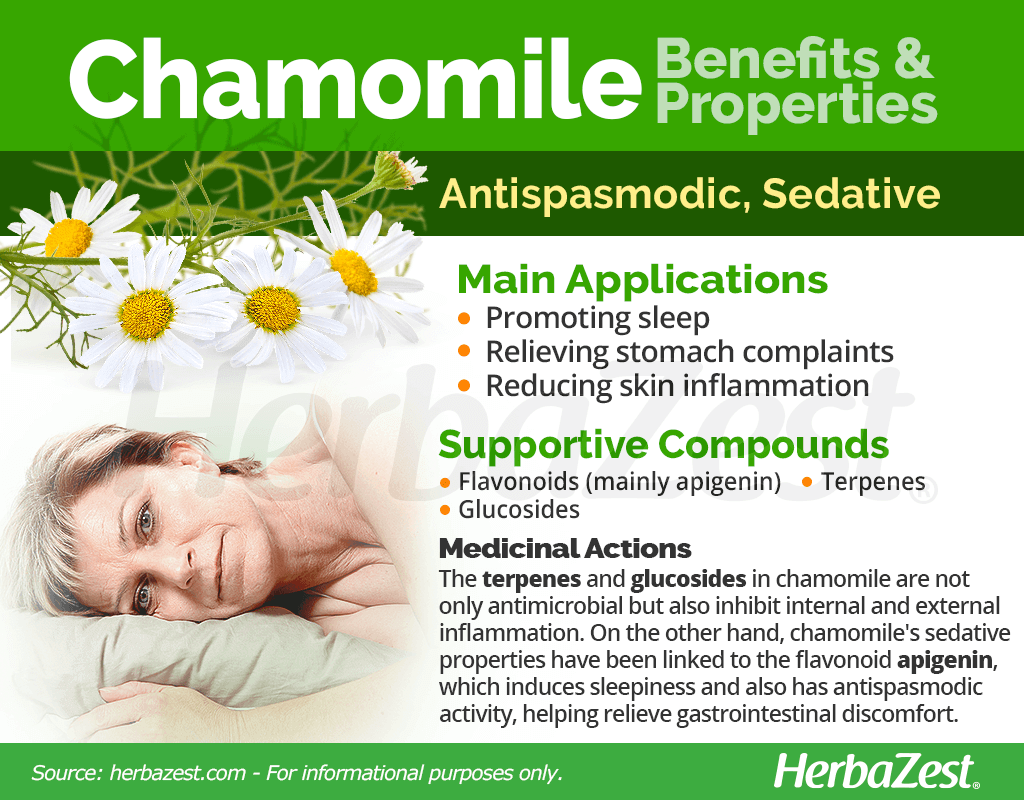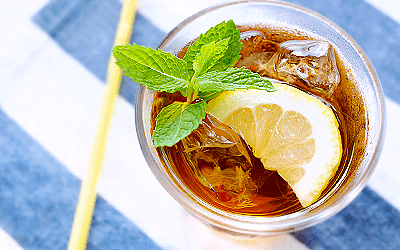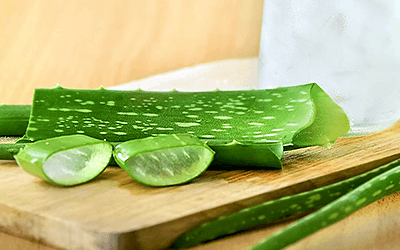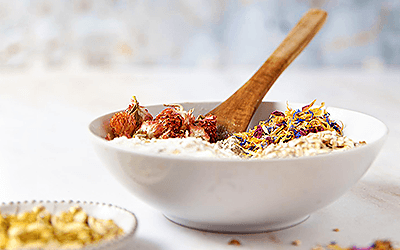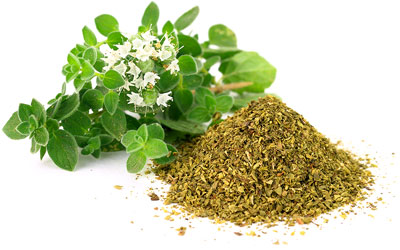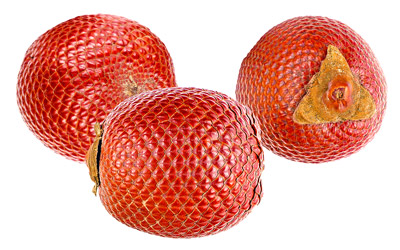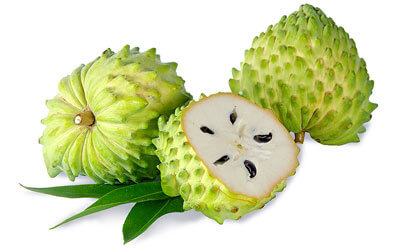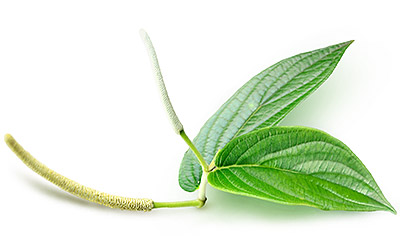Though the first recorded reference of chamomile is from ancient Egypt, where it was dedicated to gods in an attempt to cure acute fevers, many researchers believe it was probably used by many cultures for thousands of years prior to this. In ancient Greece and Spain, chamomile was used to flavor light sherry, while Romans appreciated it for its smell and used it as incense.
Chamomile Medicinal Properties
- Medicinal action Antispasmodic, Sedative
- Key constituents Flavonoids, terpenes, glucosides
- Ways to use Capsules, Hot infusions/tisanes, Tincture, Poultice, Essential oil
- Medicinal rating (3) Reasonably useful plant
- Safety ranking Safe
Health Benefits of Chamomile
Chamomile health benefits have been widely studied and the herb's mechanisms of action still of high interest for the scientific community. The antispasmodic, anti-inflammatory, carminative, and sedative chamomile properties have led scientists to further research several of its traditional medicinal uses:
Promoting sleep. Chamomile works as a sedative by binding with compounds in the brain and inducing sleepiness. In fact, studies have shown that chamomile extract is effective for insomnia in elderly.1
Relieving stomach complaints. Chamomile help reduce muscle spasms and, therefore, help resolve minor gastrointestinal problems.
- Alleviating migraines. Several studies have shown the efficacy of chamomile for reliving migraines with auras, including nausea, vomiting, and light and sound sensitivity.2
In addition, chamomile has numerous secondary health benefits, such as:
Reducing skin inflammation. Chamomile contains active ingredients that halt inflammatory skin diseases, such as eczema, as well as helping treat superficial wounds and rashes.
Healing wounds faster. Research has shown that using chamomile mouthwash may help more quickly cure mouth sores that are caused by cancer treatments.
Relieving breast pain. Chamomile oil has been shown to relieve breast pain, medically knowns as mastalgia.3
Alleviating episiotomy pain. In a clinical trial, women who used chamomile cream for episiotomy pain reported significantly lower pain scores than those who were used the placebo.4
Additionally, initial studies indicated that topical applications of chamomile oil may relieve carpal tunnel syndrome symptoms.5 It can also benefit middle-aged women as it has been shown that chamomile gel is effective for painful sex during menopause.6
How It Works
The chamomile herb, particularly its flowers, contains an array of phytonutrients, including flavonoids (mainly apigenin), terpenes (chiefly alpha-bisabolol and chamazulene), and glucosides.
Chamomile's anti-inflammatory activity is thanks, at least in part, to the combined action of terpenes and glucosides, which block prostaglandin E, a compound that induces inflammation. These compounds are not only antimicrobial, but have also been shown capable of penetrating the skin, making chamomile useful for topical application.
On the other hand, chamomile's sedative nature is related to the flavonoid apigenin, which is thought to bind with benzodiazepine receptors in the brain, inducing sleepiness. Apigenin can also reduce levels of the adrenocorticotropic hormone (ACTH), which is related to the stress response, and it has shown antispasmodic activity, helping reduce gastrointestinal problems.
Nutritionally, chamomile provides small amounts of vitamin A, calcium, magnesium, and potassium.
Linden shares the same soothing and muscle relaxant properties with chamomile, lavender also possess a sedative action, and thyme can be used as an alternative source for antispasmodic benefits as well.
Chamomile Side Effects
Chamomile is likely safe for most people when consumed orally. On rare occasions, chamomile tea and essential oils have triggered moderate to severe side effects, including anaphylactic shock, contact dermatitis, and severe allergic reactions.
Cautions
Individuals who are sensitive to members of the Asteraceae family, such as asters, chrysanthemums, ragweed, and others, should not take chamomile because it can trigger an allergic reaction.
Women who are pregnant or breastfeeding should consult a medical professional before taking chamomile in medicinal doses, since it can cause uterine contractions when consumed in excess.
How to Consume Chamomile
- Edible parts Flowers
- Edible uses Beverage
- Taste Sweet, Mild
While it is occasionally used in culinary dishes, the most effective way of obtaining chamomile benefits is in medicinal forms of consumption, where its properties are more concentrated.
Natural Forms
Infusions. One of its most popular medicinal forms, dried chamomile flowers can be brewed into a hot tea. Chamomile infusions primarily relieves upset stomach and bloating.
Poultice. The aerial parts of the chamomile plant, fresh or dried, can be soaked in hot water and then applied directly, as a warm or cold poultice, in order to relieve inflamed or irritated skin.
Herbal Remedies & Supplements
Tinctures. In this concentrated form, chamomile properties help relieve bloating and reduces muscle spasms in the stomach.
Essential oil. The soothing fragrance of chamomile is often used as a relaxing agent in aromatherapy treatments. It calms the nerves and induces sleep.
Capsules. Besides its antispasmodic and carminative effects, chamomile capsules act as a sedative and promote sleepiness.
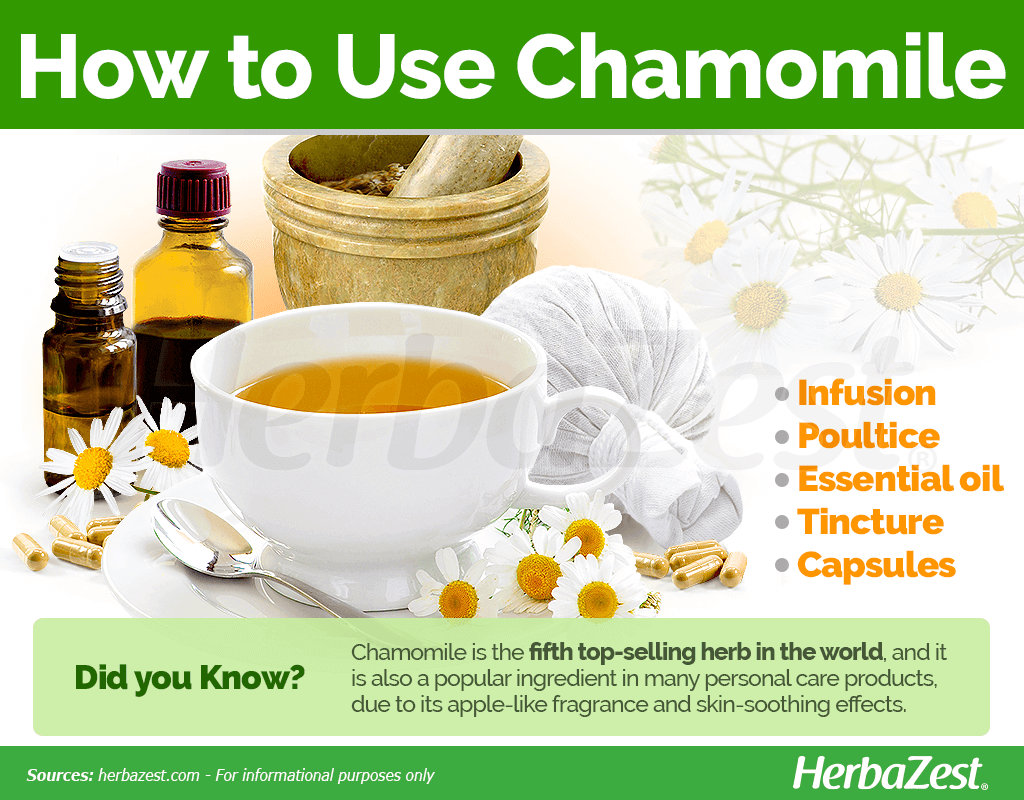
Growing
- Life cycle Perennial
- Harvested parts Flowers
- Light requirements Full sun
- Soil Loamy sand
- Soil pH 6.6 – 7.3 (Neutral)
- Growing habitat Temperate climates
- USDA Plant Hardiness Zones 11b, 12a, 12b
- Planting time Spring, Fall
- Propagation techniques Root cuttings
- Potential insect pests Aphids
A perennial plant, chamomile does best in temperate climates. Although it can tolerate droughts, it is still advisable to provide enough water to assure a high germination percentage. Follow the growing guidelines to help this herb thrive.
Growing Guidelines
The chamomile plant is tolerant to different soil types. However, it grows best on rich, heavy soils. Damp soils should be avoided.
The chamomile herb can withstand cold weather with temperatures ranging 45 - 79°F (7 - 26°C).
Chamomile's ideal pH is within the range of 6.6 - 7.3.
The chamomile plant prefers direct sunlight, but it can also thrive in partial shade.
Chamomile can be propagated from root cuts or seeds, which should be sown during spring and autumn. The optimum temperature for good seed germination lies between 50 - 68°F (10 - 20°C).
The chamomile herb is rarely attacked by pest or diseases; however, aphids can be a problem.
More detailed information about growing chamomile can be found in the herb garden section.
Additional Information
- Other uses Cosmetics
Plant Biology
German chamomile grows up to 12 inches (30 cm) tall and has hairy stems as well as finely cut, threadlike green leaves that have a scent similar to apple and pineapple. Daisy-like flowers grow half to one inch (1 - 2 cm) wide, with tiny white petals and a yellow center.
Classification
Chamomile is a member of the Asteraceae family, which contains over 23,000 species spread out over 1,620 genera. The family can be found throughout the world and contains numerous different economically-important herbs, including sunflower, safflower, lettuce, and artichokes. Many of its species are popular in the herbal tea world.
Varieties and Subspecies of Chamomile
English or Roman chamomile (Chamaemelum nobilea) is often confused with German chamomile (Matricaria chamomilla), sometimes referred to by its synonym, M. recutita. Even though they are considered two different species, both have similar medicinal properties and are alike in many ways. Their main differences lie in their different growing habits and distributions.
German chamomile can grow up to two feet (60 cm) tall and has hairless stems with threadlike, as well as more sparse and less ferny leaves than English chamomile. Along with German chamomile, English chamomile is often confused with field chamomile (Anthemis arvensis), Moroccan chamomile (Cladanthus mixtus), and wild chamomile (Matricaria discoidea).
Historical Information
Steeped in history, chamomile was a favorite for the people of ancient Egypt, Greece, and Rome. The first medicinal uses of chamomile can be traced back to ancient Egypt, where it was prescribed as a remedy for fever and rubbed into the skin for cosmetic purposes.
Chamomile was one of the main ingredients in the oil used for embalming deceased pharaohs.
The botanical name of chamomile, chamomilla, is attributed to Pliny the Elder, a Roman naturalist that used the word chamaimelon, which roughly translates as "ground apple", to describe the applelike smell of the herb. In ancient Rome, chamomile was used for flavoring drinks and incense, as well as a medicinal herb.
During the Middle Ages, chamomile was used instead of hops in the brewing of beer, and Vikings used it to shampoo their hair. Medieval Europe began using it for its medicinal purposes in herbal remedies. It was introduced to the Americas during the 1500s by European settlers, and by the 17th century, it was being extensively recommended as a cure for a wide range of ailments.
Economic Data
The main producer of chamomile is Hungary, where this plant grows abundantly in poor soils and it is a source of income to poor inhabitants of these areas. Flowers are exported to Germany in bulk for distillation its essential oil.
Chamomile is the fifth top-selling herb in the world, and between 1995 and 1998, the worldwide annual production of chamomile dried flowers doubled from 500 tons to 1,000 tons.
Popular Beliefs
According to pagan tradition, sprinkling chamomile over window sills and door frames was thought to keep bad spirits away while filling the home with positive energy.
Other Uses of Chamomile
Cosmetics. Chamomile enjoys an important economic position in the personal care industry, where it is frequently added to hair and skin products, due to its fragrance and medicinal properties.
Home uses. Chamomile can also be used at home as a shampoo to enhance the color of blonde hair. Additionally, cold chamomile teabags can be placed on the eyes to reduce puffiness, redness, and dark circles.
Sources
- Chamomile: Industrial Profiles
- Government of Canada, Ontario Ministry of Agriculture and Food: German Chamomile
- Molecular Medicine Reports, Chamomile: A herbal medicine of the past with bright future, 2010
- National Toxicology Program, Apigenin
- NCCAM Herbs at a Glance, Chamomile
- Medicinal Plants of the World, p. 200
- Pharmacognosy Reviews, Chamomile (Matricaria chamomilla L.): An overview, 2011
Footnotes:
- Complementary Therapies in Medicine. (2017). The effects of chamomile extract on sleep quality among elderly people: A clinical trial. Retrieved May 11, 2021 from https://www.sciencedirect.com/science/article/abs/pii/S0965229917302601
- Neurological Sciences. (2018). Evaluation of the effect of topical chamomile (Matricaria chamomilla L.) oleogel as pain relief in migraine without aura: a randomized, double-blind, placebo-controlled, crossover study. Retrieved May 11, 2021 from https://pubmed.ncbi.nlm.nih.gov/29808331/
- Journal of Obstetrics and Gynecology. (2017). Effectiveness of Marticaria chamomilla (chamomile) extract on pin control of cyclic mastalgia: a double-blind randomized controlled trial. Retrieved May 11, 2021 from(https://www.ncbi.nlm.nih.gov/pmc/articles/PMC5149568/)
- Journal of Caring Sciences. (2017). The Effect of Chamomile Cream on Episiotomy Pain in Primiparous Women: A Randomized Clinical Trial. Retrieved May 11, 2021 from https://pubmed.ncbi.nlm.nih.gov/28299294/
- Complementary Therapies in Clinical Practice. (2017). Efficacy of topical chamomile oil for mild and moderate carpal tunnel syndrome: A randomized double-blind placebo-controlled clinical trial. Retrieved May 11, 2021 from https://www.sciencedirect.com/science/article/abs/pii/S1744388116300925
- Avicenna Journal of Phytomedicine. (2020). Evaluation of the influence of chamomile vaginal gel on dyspareunia and sexual satisfaction in postmenopausal women: A randomized, double-blind, controlled clinical trial. Retrieved May 11, 2021 from https://www.ncbi.nlm.nih.gov/pmc/articles/PMC7508318/
